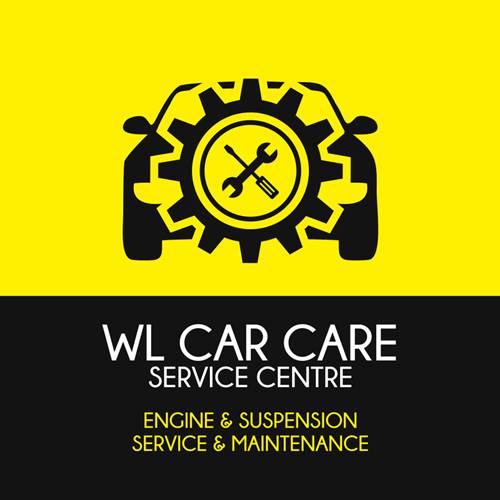A car lower control arm replacement service involves the removal and replacement of the lower control arm, an essential component in the vehicle's suspension system.
Here are the key features and aspects associated with a car lower control arm replacement service:
- Alignment Check:
- A wheel alignment check is often performed before and after the lower control arm replacement to ensure that the vehicle's wheels are properly aligned. This helps prevent uneven tire wear and ensures optimal handling.
-
- Suspension System Calibration:
- In some cases, modern vehicles with electronic suspension systems may require calibration or resetting after the replacement to ensure proper functionality.
-
- Tightening to Specifications:
- All bolts and fasteners associated with the lower control arm replacement are tightened to the manufacturer's specifications. This is critical for the proper functioning of the suspension system.
-
- Torque Verification:
- The torque of critical components, such as bolts and nuts, is verified using a torque wrench to ensure that they are tightened to the correct specifications.
-
- Wheel Installation:
- Wheels are reinstalled and lug nuts are properly torqued. This step is crucial for the safety and stability of the vehicle.
-
- By incorporating these features, a car lower control arm replacement service aims to restore the integrity of the suspension system, ensuring safe and smooth vehicle operation. Always consult the service center to understand the specifics of the service they offer for your vehicle.


